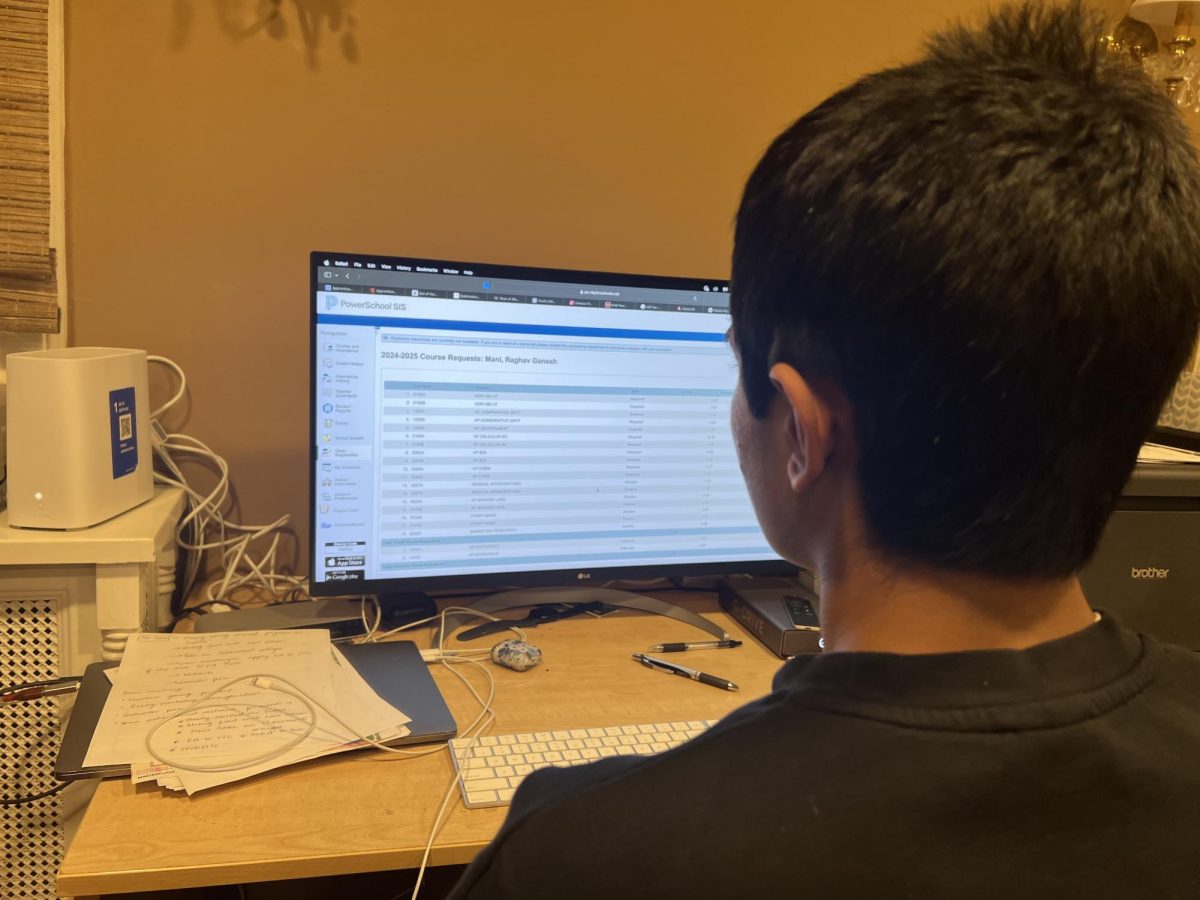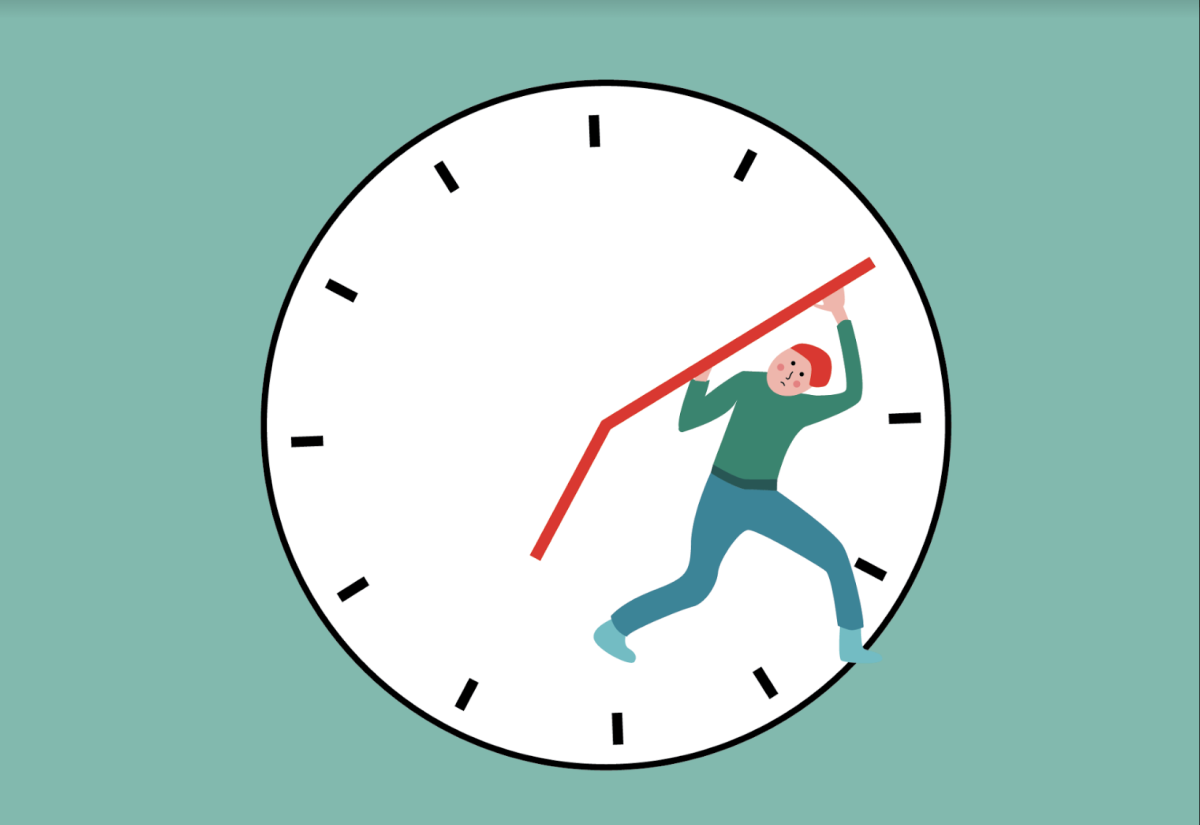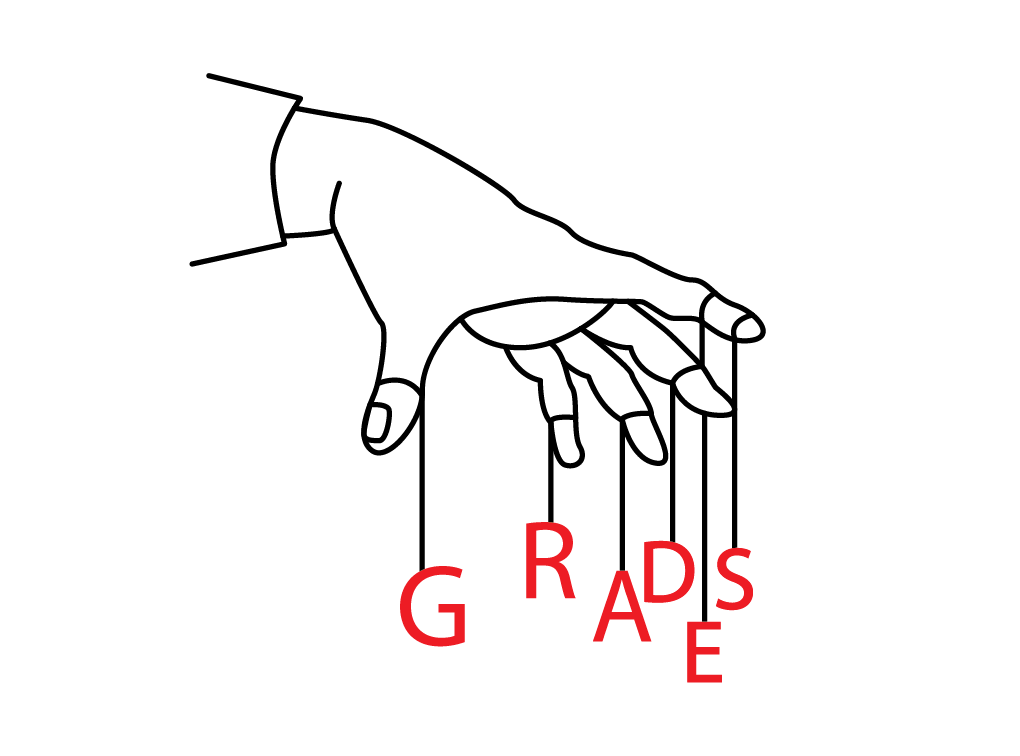This Halloween thousands of kids will be knock-knock joking their way around St. Louis neighborhoods in search of a bag full of free candy and a night full of after-dark fun. However, maybe it’s not the candy-givers who should be asking “who’s there?†when trick-or-treaters fill the streets.
Let’s face it: if someone were to explain trick-or-treating to a parent out of context, the resulting description would sound pretty bad. “A bunch of small children from house to house in costume, demanding food from strangers in the dark, often on a school night,†that portrayal might say. “Oh, and this is also the night adults and teenagers traditionally throw masquerade parties in the same houses kids are approaching for candy.â€
If parents have confidence in the moral caliber of their neighbors, then the scenario described is not dangerous at all. Adults could be expected to conduct themselves responsibly and to monitor their teenagers’ Halloween fun. However, with the kids’ ever-growing appetite for sugary treats, trick-or-treating territory has extended to include the nooks and crannies of every neighborhood, far surpassing the average parent’s ability to know the safety of individual houses, or even blocks. Even in Clayton, total safety cannot be ensured by parents.
Then there’s the problem of costumes. Should children have to wear tennis shoes and a bulky coat? Are masks really that dangerous? Do props such as plastic swards and fake guns tend to cause accidents? In most cases, parental instinct probably says, “Yes, yes and yes!â€
Of course, a myriad of safety tips are readily available. The Los Angeles Police Department suggests adding reflective tape to coats and bags for visibility, purchasing “healthy alternatives†to candy to give out at the door, and to use a decorative hat instead of a mask or toxic face paints. Halloween-safety.com advises parents to go with their children while trick-or-treating, or at least to send a teenaged sibling along. Eating Halloween candy before allowing a parent to check it for safety is a no-no, according to kidshealth.org.
Unfortunately, these tips are hard to follow for one simple reason: kids think doing so is lame, and with good reason. It’s hard to be Scream without a mask and long, dragging cloak. A knight without his sword is barely a knight at all, as is a Jedi without his light saber. Most nine-year-olds don’t want their parents trailing behind them, just as most teenagers don’t want to follow their ten-year-old siblings around. Teens think egging houses, scaring little kids, and going to wild parties are fun things to do on Halloween because of the danger factor. Can a completely safe Halloween night even be a fun Halloween night?
Often, although not this year, Halloween occurs on a weekday. Unlike other holidays, students are not usually given a day off for Halloween or the day after, when kids are more likely to be tired and possibly sick from their night of running around and candy eating. At first glance, this seems like a bad thing. However, not having the day off may be good for children.
Perhaps the solution to Halloween danger lies in ensuring that all Halloween festivities fall on a school night. Trick-or-treating should be moved from Oct 31 to the first Sunday before. After all, Halloween is a commercial holiday, the date of which means little to most people.
In this way, trick-or-treaters would be forced to search for candy during the daylight hours. Parents would be more aware of their children’s location because of the community-regulated change in trick-or-treating time. Because of the heightened safety moving trick-or-treating to a Sunday would ensure, parents would feel less need to accompany their older children, thus allowing them more freedom to have fun on Halloween.
To clarify, moving trick-or-treating is not the same as moving Halloween. Full-fledged adults should be and are allowed to make whatever decisions they want on the holiday. Under the suggested system, the parties of teenagers and adults and the more innocent fun of children would be separated since most people are not inclined to party into the wee hours of the morning on a Sunday. This benefits children, who could then safely wander the streets in search of candy, and adults, who could then enjoy Halloween without the worry that their children are doing just that.
Trick-or-treating is in not an inherently bad tradition. Dressing up and receiving candy are fun activities for children and have provided fond memories for many adults. However, today’s world is one of terrorism, impersonal neighbors, and swine flu. Trick-or-treating need not be completely abolished. Instead it needs to change to become safe for children and better fit modern times.






